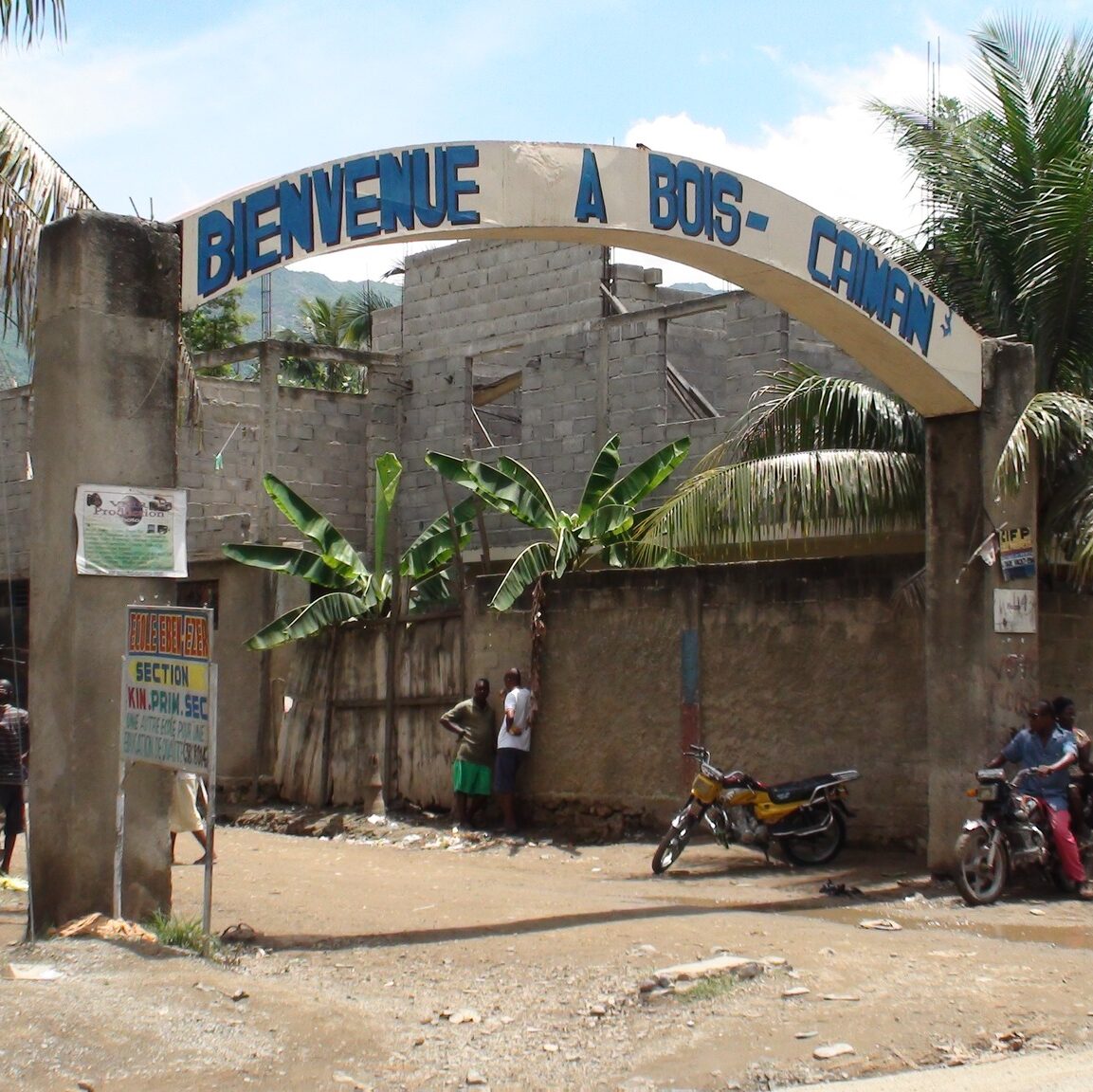<span data-buffer="">Valcuse’s Story<span data-metadata="">
<span data-metadata=""><span data-buffer="">Here is Valcuse’s Story
Valcuse’s mother died from AIDS complications in May 1997. She does not know her father. Before her mother died, her mother gave Valcuse to one of her mother’s female cousin as a restavek. Valcuse did well for a few years after the death of her mother. Unfortunately, in 2002 her health began to fail. Her progressive cough got worse; she suffered from frequent stomach cramps and had many sores and a rash all over her body. She was near death when her guardian brought her to GCH. She was admitted, stayed at the hospital for eight months for TB treatment (she extended her hospital stay because her guardian never returned for her). Because of obvious symptoms of HIV infection, she was tested and found to be HIV-positive. Since her guardian did not return for her, the GCH HIV counselors (Chantale and Julie) went on a search to locate her. The GCH counselors were able to track down Valcuse’s guardian and discussed Valcuse’s HIV status and special needs.
With great persuasion, Valcuse’s guardian decided to take her in, but she feared that Valcuse may pass the disease to her two children. Valcuse’s life was no different than that of other child domestics in Haiti. Upon returning to the house as a restavek, she resumed her domestic duties (e.g., cleaning the house, fetching water, going to the market, etc.). It did not matter if Valcuse were sick; she still had to work as a restavek. The frequent beatings made things worse. When Valcuse’s health started to fail again, her guardian made arrangements to send her back to Bainet, her mother’s hometown. Sending Valcuse to the countryside would be detrimental since being in Port-au-Prince gave her access to ARV treatment and medical care. Valcuse overheard the conversation and ran away to seek refuge at the hospital with HIV counselors, Julie and Chantale. Nurse Julie contacted Maison Arc-en-Ciel (Rainbow House), an orphanage that took in abandoned children, but did not take in HIV-positive ones at the time. Maison Arc-en-Ciel provided Valcuse with temporary shelter, but had to let her go because she had needs that they could not meet.


After Valcuse left Maison Arc-en-Ciel, she had nowhere to go. Nurse Julie and Chantale returned to talk to Valcuse’s guardian to see if she could take her in again. Although, Valcuse was allowed to live with her guardian, this time the abuse worsened forcing her to run away again. She went back to the only place she knew: GCH. Nurse Julie and Chantale took her back to Maison Arc-en-Ciel to see what assistance she could receive. Fortunately, Valcuse was able to receive dry goods: blé2, potato flour, and oil – which she sold in the local market, took the money to purchase cooked food to eat. Valcuse did not go to school. She was able to live like this for a while – sleeping in the courtyard of GCH and eating wherever she could.
When I met Valcuse, she was receiving ARVs from GHESKIO. Since she lived in the courtyard of GCH, Nurse Julie took her to GCH for her medications and care; when Nurse Julie could not take her, she got herself there. I was shocked to hear that Valcuse carried her HIV medications in a black plastic bag everywhere with her. One of the many reasons for writing Valcuse’s story was that I did not want her to die believing we adults were cruel. She was just a child and did not ask to be born in these circumstances. Valcuse told me that when she took her ARV meds they made her nauseous. Would you voluntarily take something that makes you vomit? Though I am not a physician, I knew taking these ARVs inconsistently and not following the instructions would likely increase this child’s chance of developing resistance to the meds which can be life threatening.
After leaving Maison Arc-en-Ciel, Valcuse faced worsening abuse and ran away. Nurse Julie and Chantale tried to help her by arranging for her to live with her guardian again, but the mistreatment continued. Returning to GCH, Valcuse received dry goods and sold them in the local market for food. She lived in the GCH courtyard, foregoing school, for a while.
When I met Valcuse, she was getting ARVs from GHESKIO and had to carry them in a plastic bag. Worried about her inconsistent medication, I gave her $20 Haitian and left. Back in the U.S., I wrote to friends, raising $500 for Nurse Julie and Chantale to secure shelter and necessities for Valcuse and other children with HIV. They lived with local families until March 2004 when we rented a home, implementing the CHOAIDS care model.
Valcuse couldn’t move in due to her guardian’s interference. In 2007, I learned she died in May, having faced continued abuse, hospitalization, blindness, and deafness. CFHOA exists to prevent such tragedies, aiming to help HIV-positive children meet basic needs and live decent lives.
In memory of Valcuse, CFHOA believes in the preciousness of life, striving to support HIV-positive children worldwide with shelter, education, food, clean water, and sanitary conditions.
